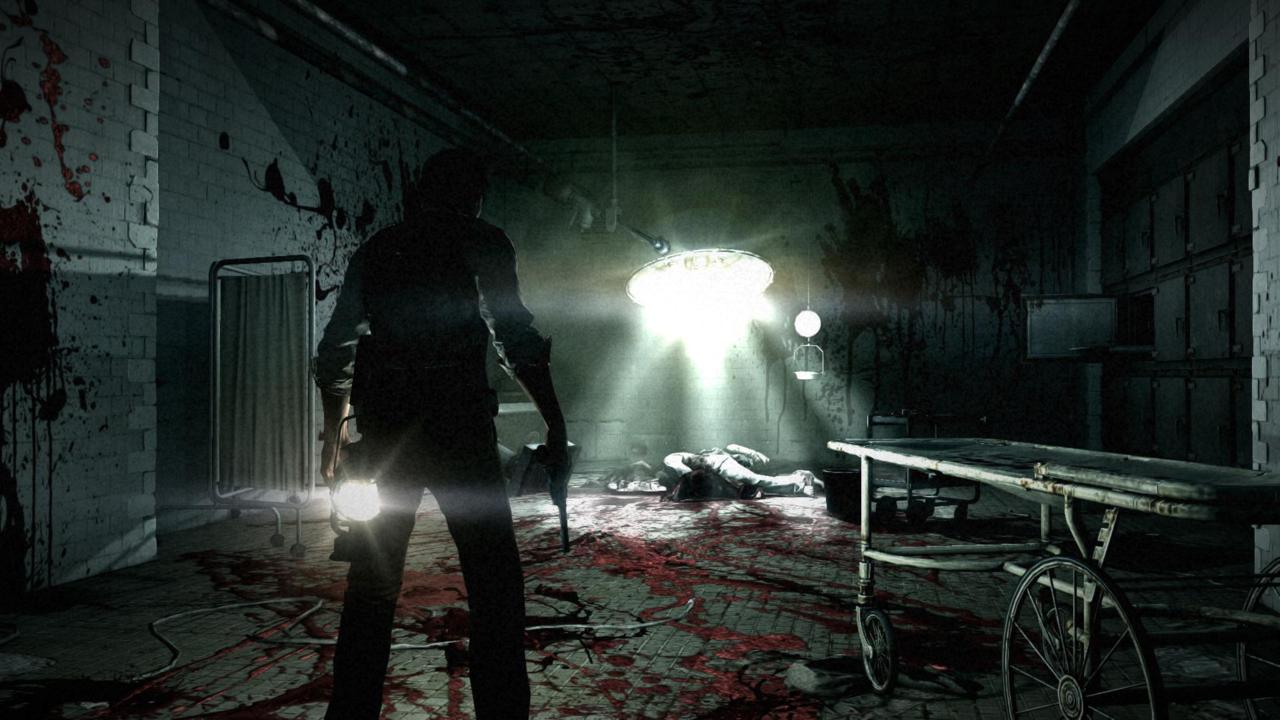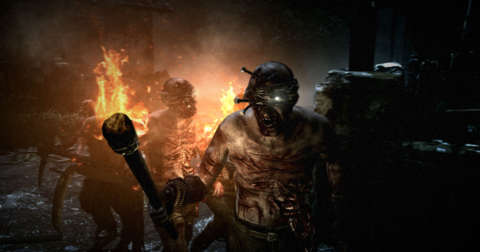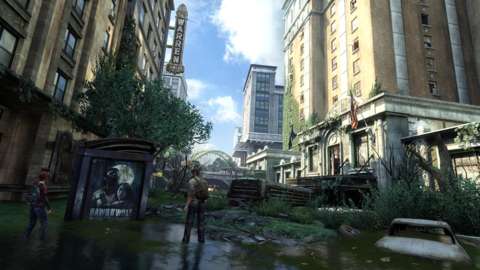With the upcoming horror game The Evil Within, director Shinji Mikami is aiming to return to the roots of the survival horror genre. If there is anyone who has the qualifications to do that, it's Mikami, the father of the Resident Evil series.
The series was one of the first to establish the survival horror formula. The old-school survival horror games which frightened me did so by punctuating lengthy moments of tension with sparing but frantic bursts of action. The horror games of that bygone era did not hold my hand; they threw me blindly into fear-triggering scenarios with a single goal in mind: survival. To progress, I needed to move past my fear. By comparison, modern horror games typically feature linear objectives and rely more heavily on quick jump scares and checkpoints, taking the challenge away from the survival element of the genre.

Mikami feels that things have grown bleak for fans of the genre, and has gone so far as to say that there are "no real survival horror games" currently available. Now at the head of Tango Gameworks, he is confident the studio's debut game, The Evil Within, addresses this. "I want to return to survival horror's roots. We've strayed from that. I want to explore fear again, and that sense of overcoming fear, one that's unique to games," Mikami said.
Mikami left the Resident Evil series after its fourth instalment, which began to move the series into action-heavy territory. Its most recent instalment, Resident Evil 6, played more like an action blockbuster, leaving a void which indie horror games have attempted to fill. But these smaller, shorter games lack the scope and ambition of the heavyweights which defined the genre.
Given his promises, I expected Mikami's direction of The Evil Within to elicit feelings reminiscent of the older Resident Evil games. But the preview build I played for two hours exhibited more noticeable influences from more recent horror games.
RESIDENT EVIL 4
The protagonist of Resident Evil 4, Leon Kennedy, shares many traits with The Evil Within's Sebastian Castellanos. Both characters know how to handle themselves in a dangerous situation, both are suddenly beset by occult forces, and both retain a collected demeanor while in combat.
Both characters carry knives, which can be used to slash at destructible crates and containers to search for more supplies. When put to use in The Evil Within, the mechanic bears an uncanny visual resemblance to its RE4 counterpart.
As in RE4, shooting with pinpoint accuracy can take time, but lining up a headshot helps to conserve ammo, which aids survival. Ammo appears to be plentiful; I never ran dry and always had a gun available. However, raising a weapon and aiming it does not limit Sebastian's movement as it did for Leon.
Even some of the scripted moments in The Evil Within struck me as nearly identical to those in RE4. A particular scenario which saw a mysterious antagonist lock Sebastian in an area and suddenly swarmed by humanlike monstrosities, unable to escape until all attackers were slain, triggered memories of a similar moment in RE4. Both games overwhelm you with enemies that move erratically by switching from shuffling slowly to lashing out with a sudden burst of speed.
RESIDENT EVIL (GAMECUBE REMAKE)
It's common for the survival aspect of horror games to incorporate stealth when you're moving about. The Evil Within is no exception, emphasising the benefit of remaining out of sight by granting the ability to execute stealth kills when hidden. Sneaking up to enemies allows Sebastian to snap their necks or slash their throats, which quickly and quietly downs them.

The dead do not stay dead, however, as enemies can rise again and resume their creeping after a period of time has passed. To combat this, Sebastian can set bodies on fire to permanently dispose of them after they have been downed.
A limited number of matches can be carried, but more can be found to replenish the supply. This rising-undead mechanic is used to great effect in the GameCube remake of Resident Evil, which features zombies that don't disappear after being killed but instead mutate over a period of time. These mutated zombies, known as crimson heads, are faster and tougher, which makes them substantially harder to kill when they rise again.
OUTLAST
Avoiding enemies is also an option, with Sebastian able to hide in cupboards and under beds. While hiding may sometimes provide an alternative to direct combat, the mechanic serves as the only means of safety in last year's indie horror game Outlast. Sebastian can peek out from his hiding places to keep an eye on the threat. Looking around corners and observing enemy patrol routes is also required at certain points in both games.
In Outlast, though, enemies are more prone to looking into potential hiding places to root you out. Throughout my time with The Evil Within, I was not discovered once, although that could be attributed to random luck.

THE LAST OF US
Tripwire traps are featured in The Last of Us, acting as a means of controlling the pace of the action by forcing you to slow down and scrutinise your surroundings.

Creeping around in The Evil Within is not without its own environmental hazards, because the game's eerie mansions and blood-soaked sewers are sometimes littered with traps.
Disarming them is a gamble; you need a degree of dexterity to dismantle them without setting them off.
Like in The Last of Us, successfully disarming traps in The Evil Within grants an item which can be used in crafting. Crafting is also a challenge in and of itself, because bringing up the inventory menu in both games does not pause time, although The Evil Within does slow down time slightly.
While Mikami intends for The Evil Within to embrace the elements which traditionally defined old-school survival horror, this preview build left me scrambling to identify where Mikami's promises have been fulfilled. Headed by a gun-toting action hero protagonist who has no qualms about taking down hordes of otherworldly creatures, The Evil Within displays notable influence from the more recent, action-heavy games of the genre, but not the roots of survival horror which Mikami spoke of.
Perhaps once I've had a chance to complete the full game, it will prove itself as the unique survival horror experience that has been promised. Though I did experience moments of tension while playing The Evil Within, they were the consequence of scripted scenes which felt linear and fleeting, and not the result of a carefully crafted formula created to induce persistent fear.



